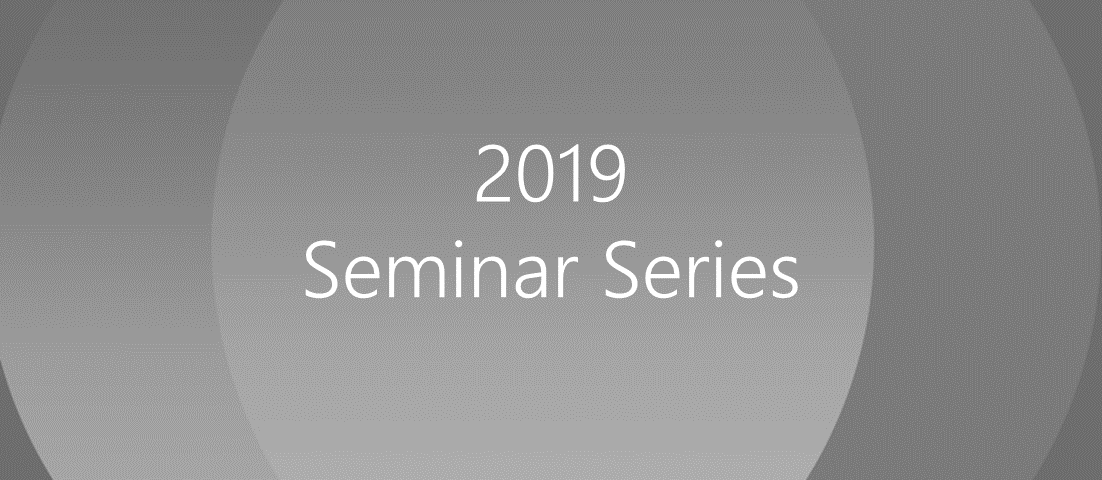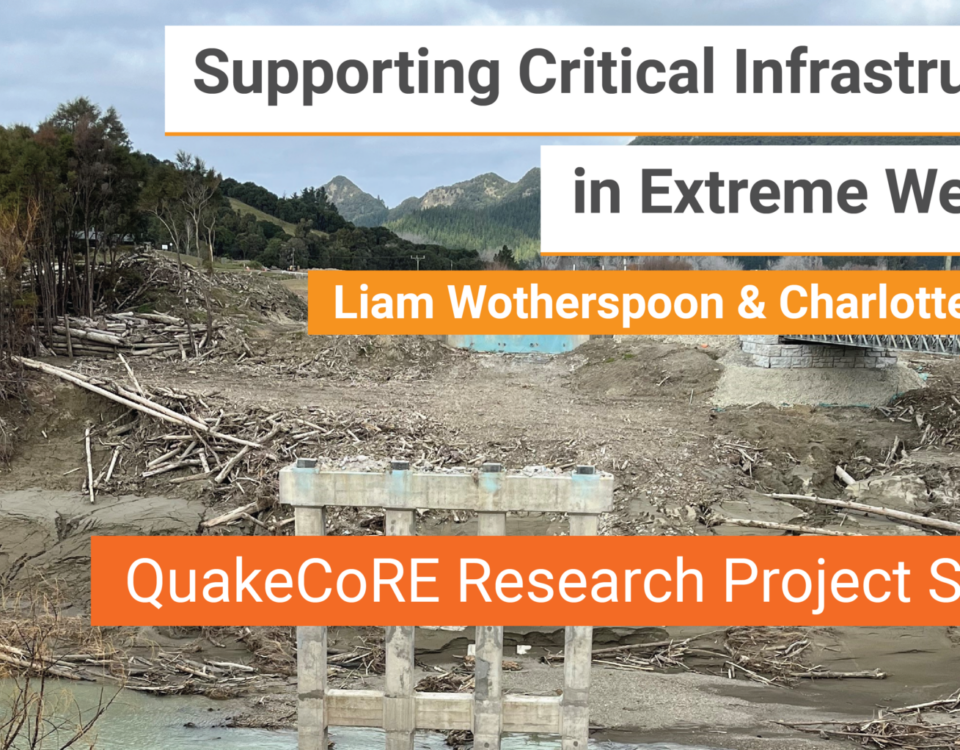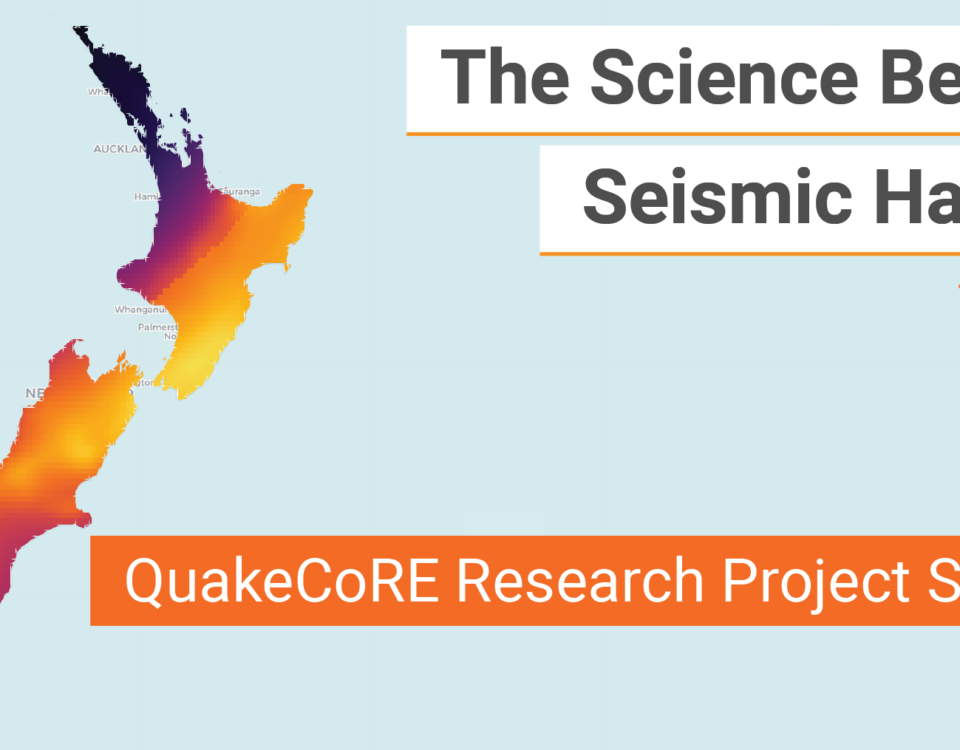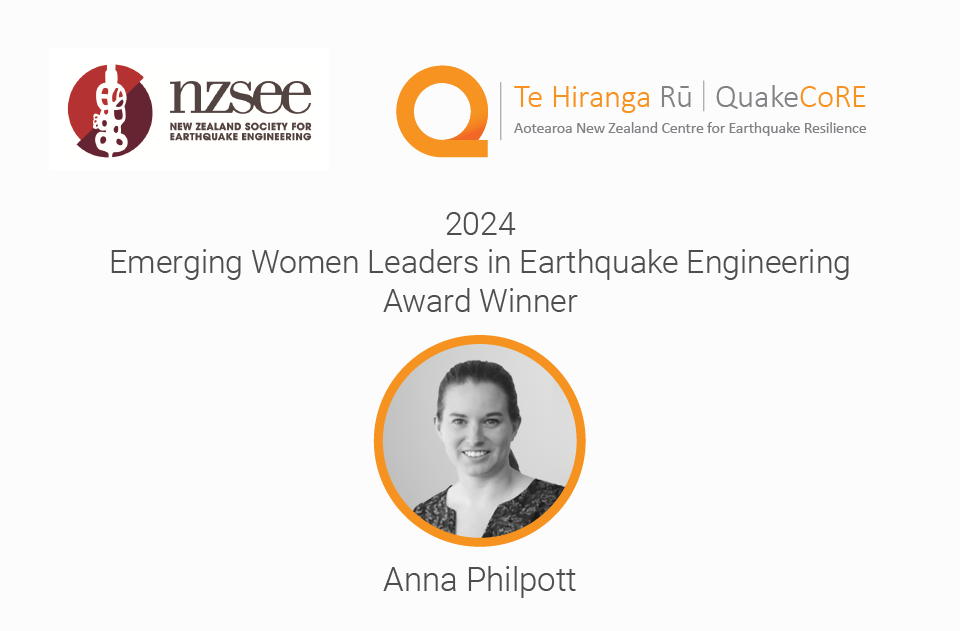Smart Resilient Cities Workshops – TechWeek 2019 Event
July 2, 2019
Surface wave testing in Hamilton and Tauranga
July 30, 201910 am Friday 9 August
| Emma Hudson-Doyle, Massey University |  |
Motivations to prepare after the 2013 Cook Strait Earthquake Sequence
Abstract
In this seminar I will present an investigation into people-’s preparedness actions after the 2013 Cook Strait earthquake sequence, New Zealand. This sequence included two foreshocks (M5.7 and M5.8) and a mainshock doublet pair: M6.5 Cook Strait (CS) earthquake on 21st July and M6.6 Lake Grassmere (LG) earthquake on Friday 16th August. We examined relationships between people-’s preparedness, experience and beliefs during the earthquakes, as well as concern and subsequent preparedness actions. Results indicate that earthquake characteristics (e.g., time, location) influence the types of preparedness actions. While there was a reduction in new actions from the first mainshock doublet earthquake (CS) to the second (LG), there were a large number of participants who reviewed or revisited their prior actions, related to their beliefs about impacts, in a form of problem-focused targeted action. Females took more actions than did males, and had a higher rate of immediate aftershock concern. For all participants, concern was greater after the CS earthquake than after the full earthquake sequence, supporting the findings of McClure et al. (2016) that there is a limited window after an event to maximise the opportunity for effective preparedness initiatives. Findings additionally suggest that such post-earthquake preparedness initiatives should consider the impacts that elicited the highest rate of concern in an event, and should tailor messages towards them.
For details on how to join the seminar – return to the 2019 Seminar series home page link
Zoom link





